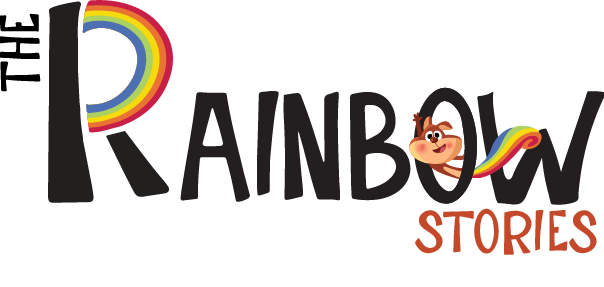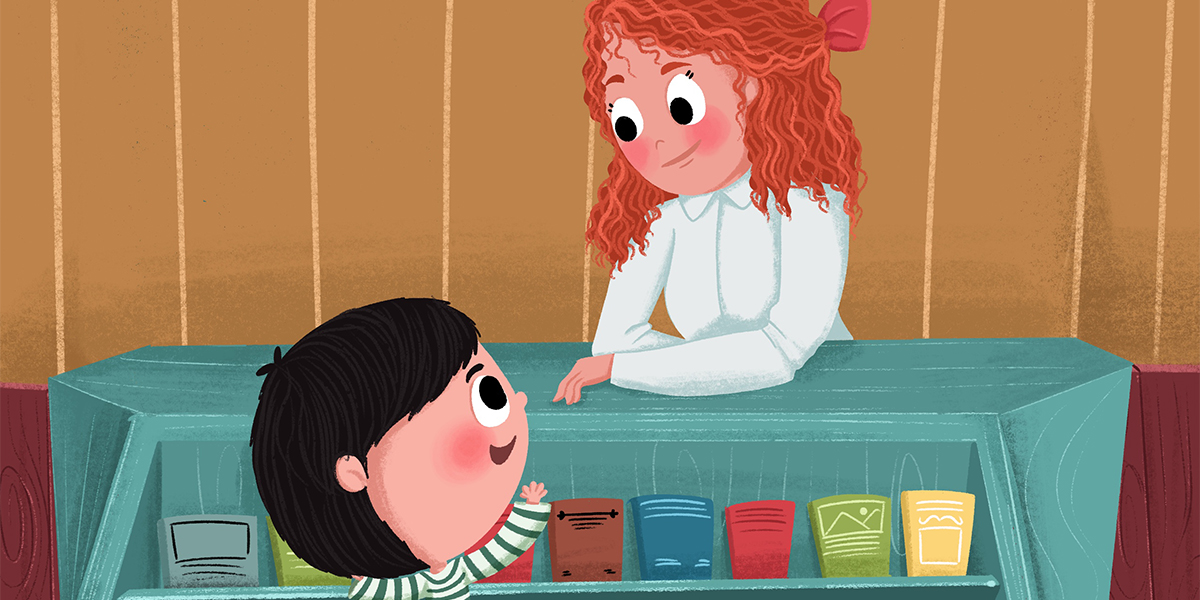When it comes to illustrated book covers, fantasy readers often expect richly imagined worlds depicted with artistic flair. These illustrated covers offer sweeping landscapes, mythical creatures, and emotive symbolism—perfect for immersing readers in magic and adventure. In contrast, photographic book cover trends lean on realism and cinematic storytelling, which can work well for urban or contemporary fantasy.
Choosing between illustration and photography impacts everything from branding to budget, and sets the tone for reader expectations. In this post, we’ll explore when to choose illustrations or photos, the strengths of each approach, and how to select the best style to elevate your fantasy book cover design.
Illustrated Covers: When Artistic Magic Wins
Illustrated book covers are custom-drawn or painted, offering unique styles—watercolor, digital, stylized vector—that bring fantastical worlds to life. This artful approach excels in depicting mythical creatures, abstract landscapes, and imaginative symbols. As The Rainbow Stories highlights, “illustrated fantasy book covers… give them a unique and artistic feel”. Illustrated covers often stand out on screens, providing strong, eye-catching thumbnails and cohesive branding across series.
Pros:
- Full creative control and series consistency.
- Evoke timeless charm and stronger branding.
Cons:
- Higher costs and longer timelines.
- May not align with some readers’ visual expectations.
Also Read:How to Design a Fantasy Book Cover That Matches Your Story’s World
Photographic Covers: When Realism Speaks
Photographic covers rely on stock or custom images, sometimes enhanced with digital effects. They bring authenticity, quick delivery, and affordability to your fantasy book cover design. Miblart’s gallery shows that photo-manipulated designs blend realism with fantasy vibes—popular in urban and dark fantasy.
Pros:
- Immediate visual impact and affordability.
- Easily accessible and professional-looking.
Cons:
- Risk of appearing generic or cliché.
- Less flexible for depicting surreal fantasy elements.
Which Style Suits Your Story?
Choose illustrated book covers when your story bursts with whimsy—fairy-tale kingdoms, mythic creatures, or epic adventures—because the artistry can vividly bring those worlds to life. Illustration offers unparalleled creative freedom and series continuity, making each story feel unique and enchanting.
On the other hand, embrace photographic book cover trends if your narrative leans toward gritty urban settings or cinematic realism. Ensure your photos are customized—through props, lighting, or editing—to authentically reflect your story’s atmosphere and avoid the pitfalls of generic imagery. Choose the style that highlights your world and meets reader expectations.
Looking for Fantasy Book Cover Design
Partner with talented Book illustrators At The Rainbow Stories who specialize in creating lovable characters and enchanting scenes for picture books and early readers.
Hybrid Covers: The Best of Both Worlds
Combining illustration and photography creates compelling hybrid covers—a fusion of realism and enchantment. By overlaying magical symbols, textures, or illustrated runes onto photographic bases, designers craft a stand‑out aesthetic that suits urban or paranormal fantasy worlds. According to The Rainbow Stories, these photo-manipulated fantasy book covers “combine real photos with digital effects to create a polished, dramatic look,” especially popular in urban fantasy and dark tales. This hybrid method preserves the authenticity of photo-based designs while adding artistic flair from illustrated covers, making your fantasy book cover design both grounded and magical.
Also Read:Top Fantasy Book Cover Trends in 2025
Budget, Timeline & Audience
Investing in illustrated book covers often costs more—typically $450–$3,000+—and takes longer, but delivers standout branding and series cohesion that resonate deeply with fantasy readers.
On the other hand, photographic book cover trends are more budget‑friendly (as low as $100–$1,000) and faster but may feel generic or uninspired when stock images are overused. If your story targets passionate fantasy fans or spans multiple books, opting for illustration enhances identity and continuity. For tighter deadlines or leaner budgets, a well-tailored photographic approach still offers solid impact.
Tips for Choosing What Works
- Consider your genre and story style: illustrated for whimsical/epic, photographic for urban/cinematic.
- Sketch both styles and A/B test with peers or readers.
- Factor in budget/time—illustration costs more time and money.
- Think long-term—series benefit from consistent illustrated branding.
- Hire a fantasy book cover designer who can recommend what best suits your story’s tone and audience.
Conclusion
Deciding between illustrated book covers and photographic designs is about matching your cover to your story’s soul—and your readers’ expectations. Illustrated covers bring magic, symbolism, and branding consistency, especially for high-fantasy worlds, while well-executed photo-based designs offer realism, cinematic allure, and budget-friendliness. Hybrid styles marry the best of both, layering enchantment over real-life imagery. Consider your fantasy book cover design goals—whether visual whimsy or gritty authenticity—and test ideas through A/B comparison. Ultimately, the best cover is one that clearly communicates your genre, resonates emotionally, and captivates both browsers and buyers in a crowded marketplace.

